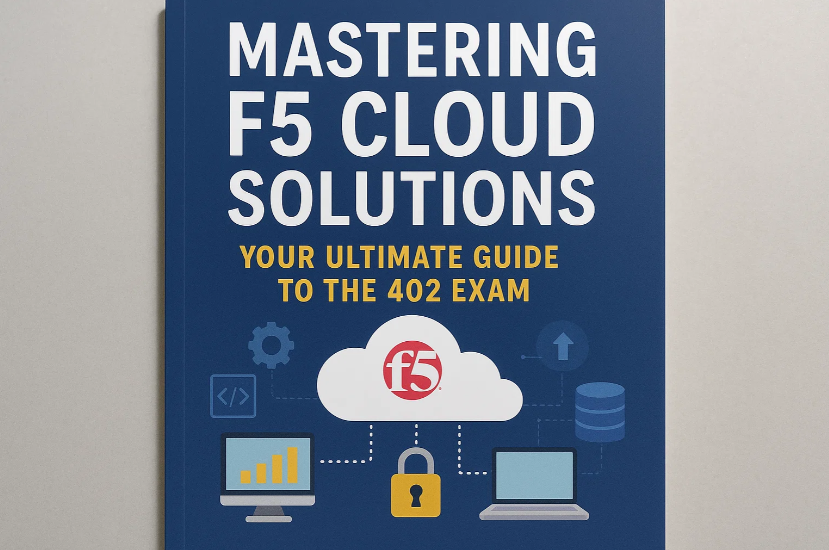Cloud Cost Optimization: Strategies for Reducing Cloud Expenses

Strong 8k brings an ultra-HD IPTV experience to your living room and your pocket.
Cloud computing has revolutionized business operations, enabling organizations to scale, innovate, and easily access advanced technologies. However, managing costs has become a critical challenge as cloud adoption grows. Studies reveal that 49% of businesses find it hard to keep cloud costs under control, while 33% overrun their cloud budget by a staggering 40%. Without a proper plan, businesses risk overspending and reducing their return on investment. This blog explores actionable strategies for cloud cost optimization to help organizations reduce expenses, improve efficiency, and maximize the value of their cloud investments.
Understanding Cloud Cost Optimization
It is the practice of balancing cloud spending with workload performance. It involves identifying inefficiencies, eliminating waste, and adopting best practices to ensure that cloud resources are utilized effectively. By optimizing costs, businesses can maintain performance without overspending.
Why Cloud Cost Optimization Matters
Cost Control: Avoid unexpected expenses and improve budget predictability.
Resource Efficiency: Ensure all allocated resources actively contribute to workloads.
Improved ROI: Maximize the value of cloud investments.
Scalability: Enable sustainable growth without financial strain.
Strategies for Reducing Cloud Expenses
Effective optimization requires a combination of proactive monitoring, resource management, and strategic planning. Businesses can improve their cloud ROI and reduce unnecessary spending by following the strategies given below
1. Monitor Cloud Spending in Real-Time
Tracking cloud expenses continuously is the foundation of cost optimization. Use tools that provide real-time visibility across multiple providers to identify anomalies early. Set up dashboards for monitoring and alerts for unusual spikes in spending to prevent unexpected costs.
2. Delete Unused Resources
Unused or idle resources, such as unattached storage volumes or inactive servers, can significantly inflate costs. Regular audits help eliminate these unnecessary expenditures, ensuring only actively used resources are retained.
3. Rightsize Cloud Resources
Analyze workloads to ensure they run on appropriately sized instances. Overprovisioning leads to wasted capacity and higher costs. Tools like AWS Trusted Advisor or Azure Advisor can assist in identifying underutilized resources and recommending optimal configurations.
4. Use Reserved Instances and Savings Plans
Leverage Reserved Instances or Savings Plans for predictable workloads to reduce costs by up to 72% compared to on-demand pricing. Assess long-term computing needs and commit to one-year or three-year steady-state workload plans.
5. Adopt Cloud-Native Design
Implement serverless architectures and containerization to scale resources based on demand dynamically. Platforms like Kubernetes enable efficient orchestration, packing multiple services onto fewer nodes for optimal utilization. Microservices architecture allows granular scaling of individual components, reducing overprovisioning and overall expenses.
6. Implement Auto-Scaling and Spot Instances
Set up auto-scaling policies to adjust resources dynamically based on workload demands, ensuring you only pay for what you use. Spot instances offer access to unused compute capacity at significantly reduced prices, up to 90% off on-demand rates, making them ideal for non-critical workloads.
7. Optimize Storage Solutions
Review storage usage regularly and implement lifecycle policies to move older data to cheaper storage tiers. This reduces storage costs over time while maintaining accessibility for critical data.
8. Centralize Billing Data
Aggregating billing data across multiple clouds provides a unified view of expenses, simplifying cost management. Tools like CloudVerse AI offer centralized dashboards and actionable insights that help track spending and optimize resource allocation effectively.
9. Establish Governance Policies
Define clear policies for provisioning resources, set spending limits, and establish usage guidelines across teams to prevent cost overruns. Governance ensures accountability and efficient resource utilization.
10. Foster a Cost-Aware Culture
Educate teams about the financial impact of their decisions and encourage cost-conscious practices throughout the organization. By treating cost as a first-class metric, businesses can cultivate a mentality of continuous improvement.
By adopting these approaches, organizations can effectively manage their cloud expenditures, eliminate inefficiencies, and enhance the value of their cloud investments while ensuring optimal performance and scalability.
Advanced Practices for Multi-Cloud Environments
For businesses operating in multi-cloud environments, cost optimization becomes even more complex but equally rewarding:
1. Optimize Workload Placement: Place workloads on the most cost-effective platform based on performance requirements.
2. Standardize Policies Across Clouds: Implement consistent tagging, monitoring, and automation policies across all providers.
3. Use Multi-Cloud Management Tools: Platforms like CloudVerse AI provide insights into multi-cloud spending and optimization opportunities.
Challenges in Optimizing Cloud Cost
While the benefits are clear, effective management of cloud cost comes with its own set of challenges
1. Lack of visibility into multi-cloud environments.
2. Difficulty in predicting variable costs like data egress charges.
3. Underutilization of available discounts due to poor planning.
4. Complexity in managing shadow IT (unauthorized deployments).
Organizations can unlock significant savings by addressing these challenges through strategic planning and leveraging advanced tools.
Conclusion
Optimizing cloud costs is an ongoing effort that demands strategic planning and constant monitoring. With the right strategies and advanced tools, businesses can control expenses without compromising performance or scalability.
Platforms like CloudVerse AI empower businesses to optimize spending, eliminate inefficiencies, and gain complete visibility across multi-cloud environments.
Take control of your cloud spending today with CloudVerse AI.
Note: IndiBlogHub features both user-submitted and editorial content. We do not verify third-party contributions. Read our Disclaimer and Privacy Policyfor details.







